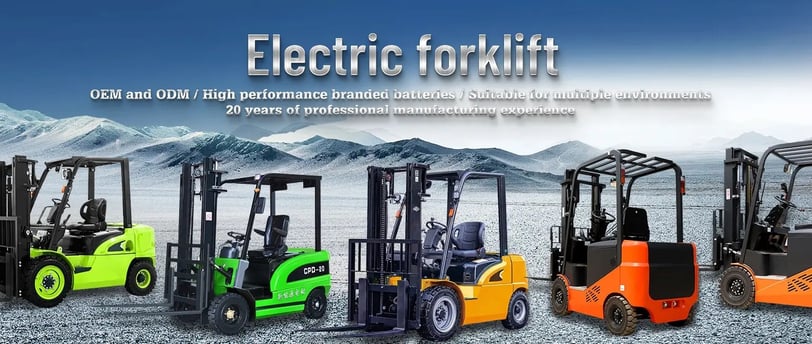"Maximizing Warehouse Efficiency: How Forklifts Can Streamline Operations"
In the dynamic realm of warehouse management, efficiency reigns supreme. Every aspect of operations must synchronize seamlessly to ensure optimal productivity and cost-effectiveness. Among the indispensable tools in this intricate dance of logistics, forklifts stand out as pivotal assets. These versatile machines not only facilitate the movement of goods but also play a crucial role in streamlining warehouse operations. Let’s delve into how forklifts can maximize efficiency within warehouse settings.


Optimized Material Handling: Forklifts empower warehouse personnel to swiftly and safely transport goods across various distances and elevations. By efficiently moving materials from storage to production areas or outbound shipping zones, forklifts minimize handling time and reduce the risk of damage or errors.
Space Utilization: With their ability to navigate narrow aisles and lift heavy loads to significant heights, forklifts help maximize vertical space utilization within warehouses. This capability enables businesses to store more inventory in the same footprint, thereby enhancing storage capacity and overall efficiency.
Time Savings: Manual material handling tasks can be labor-intensive and time-consuming. Forklifts automate these processes, allowing operators to complete tasks in a fraction of the time required by traditional methods. Consequently, the swift execution of tasks translates into significant time savings and increased throughput.
Enhanced Safety: Forklifts are engineered with safety features that mitigate the risk of accidents in warehouse environments. From stability controls to visibility aids, these measures not only protect personnel and property but also contribute to uninterrupted operations by reducing downtime associated with injuries or damages.
Adaptability: Modern forklifts come equipped with advanced technologies such as telematics and automation, further enhancing their efficiency and adaptability. These innovations enable real-time monitoring of fleet performance, predictive maintenance scheduling, and integration with warehouse management systems for seamless operations.
In conclusion, forklifts serve as indispensable assets in maximizing warehouse efficiency. By optimizing material handling, space utilization, time savings, safety, and adaptability, these versatile machines streamline operations and contribute to overall productivity and profitability. As businesses continue to embrace innovation and automation, forklifts will remain essential tools in the quest for operational excellence within warehouse environments.
